How AI Helps with Supplier Onboarding
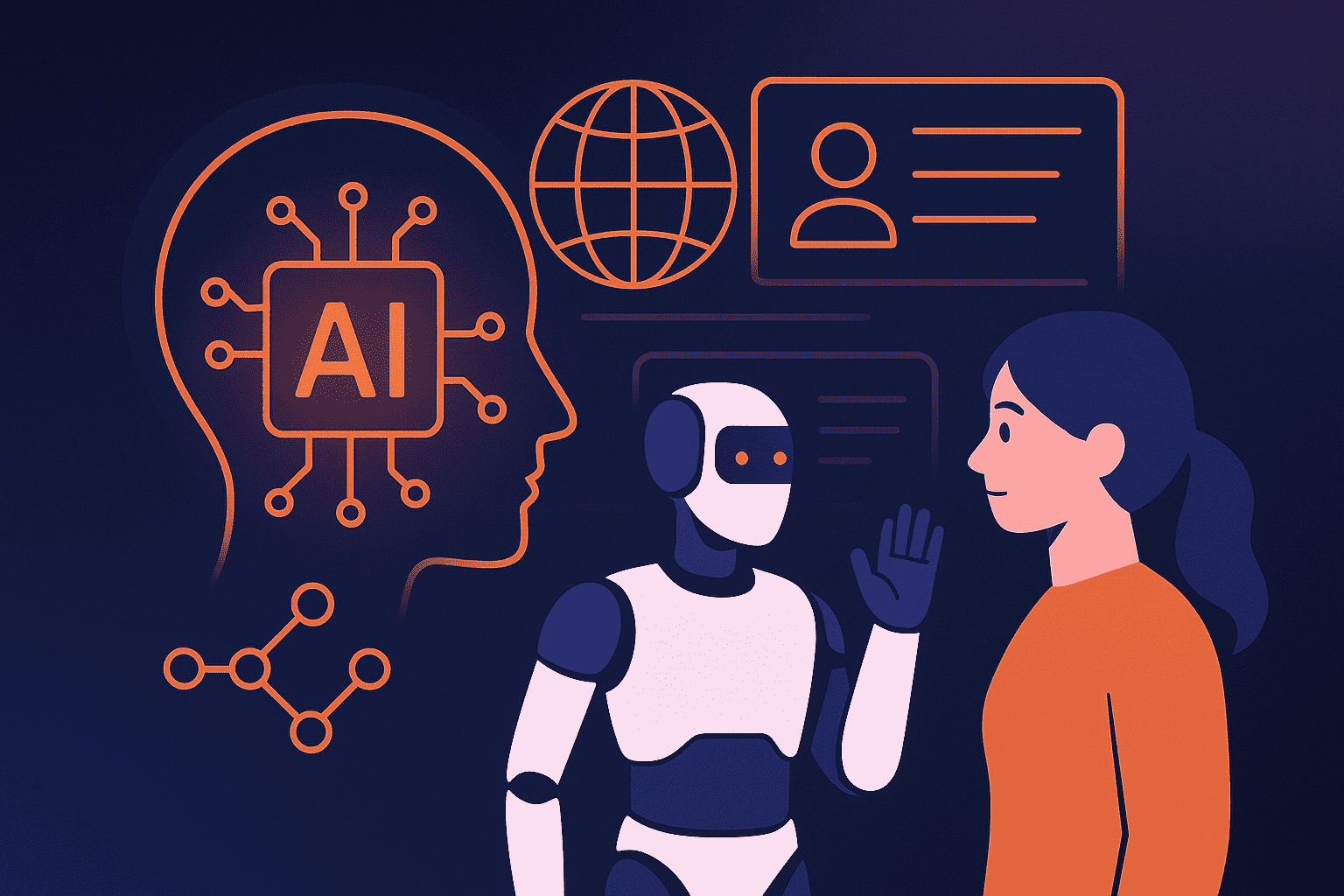

Key Takeaways:
Procurement teams are under growing pressure to onboard suppliers faster, with fewer errors, and at lower risk.
But traditional methods full of manual checks, paperwork, and back-and-forth emails just can’t keep up.
That’s why AI, and especially generative AI, is quickly becoming a priority.
A recent survey found that 64% of procurement leaders expect AI to fundamentally change their work within five years.
Meanwhile, 30% of organizations are actively exploring how Gen AI can improve supplier onboarding, and 22% already have it in use or pilot.
Let’s explore how AI is reshaping one of procurement’s most critical processes.
Verifying a supplier’s credentials used to take days, sometimes weeks.
You’d have to track down business registration numbers, check corporate websites for proof of legitimacy, dig through public records, and send emails to confirm tax IDs or certificates.
It was time-consuming, manual, and easy to get wrong.
And the cost of a mistake?
You might onboard a fraudulent or non-compliant supplier and expose your company to regulatory fines, delivery delays, or worse.
This is where AI changes the game.
AI can instantly analyze massive volumes of publicly available and proprietary data to confirm whether a supplier is who they say they are, and whether they meet your onboarding requirements.
Let’s say you’re onboarding a new electronics parts distributor based in Taiwan.
Traditionally, your team might:
An AI-powered data engine like Veridion does all of this in seconds.
With the help of AI and machine learning, Veridion continuously scans and processes petabytes of data across the internet to create and verify rich, up-to-date supplier profiles for over 120 million companies across 240+ countries and territories.

Source: Veridion
Each profile includes over 60 data points, everything from company description, alternative names, tags, business category & industry, office and retail locations, risks, size, classifications, products, certifications, and beyond.
Here is just a small part of what it includes:
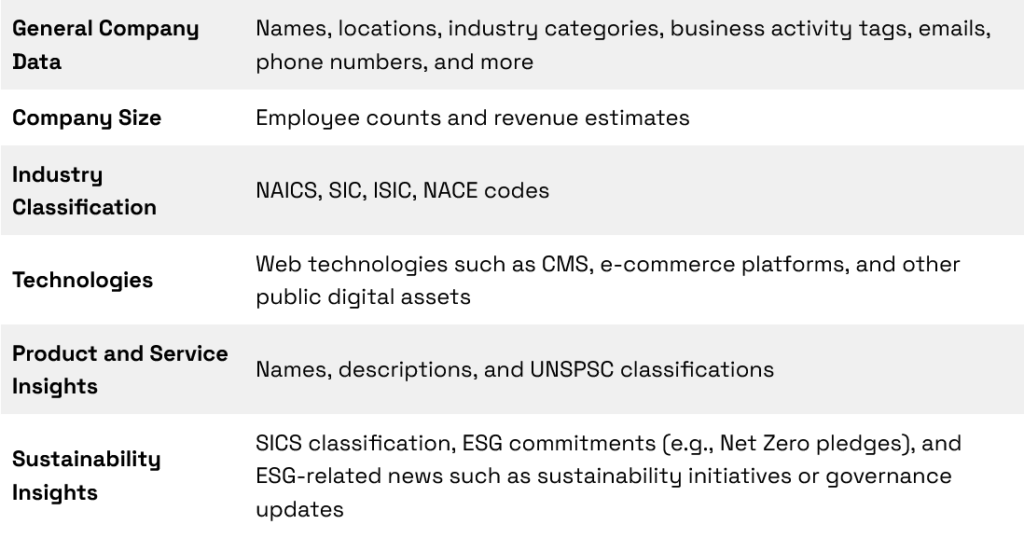
Illustration: Veridion
This depth allows procurement to move beyond yes/no verification and assess whether a supplier is truly the right fit.
And this, naturally, protects your business.
It prevents you from onboarding ghost suppliers, keeps you in compliance with AML or KYC regulations, and cuts down on the back-and-forth that slows everything down.
Supplier fraud has become increasingly sophisticated and disturbingly common.
In many cases, it starts with something small: a familiar invoice that looks just like the real thing but with one subtle change.
A different email domain. A tweaked bank account number.
A supplier who seems legitimate until you realize you’ve wired thousands to a scammer.
This happened to Alan Steven, a farmer in Fife, who unknowingly paid £28,000 to fraudsters posing as his regular contractors.

Source: BBC
The invoices looked identical to what he was used to—same format, same tone, same contact details.
The only giveaway was the altered bank information, which he didn’t catch until one of the real suppliers chased him for payment.
It turns out the scammers had hacked his email, cloned past invoices, and waited for the right moment to strike.
But Steven’s story isn’t rare.
According to UK Finance, over £50 million was stolen in the UK last year through invoice and mandate scams, 80% of which originated via email.
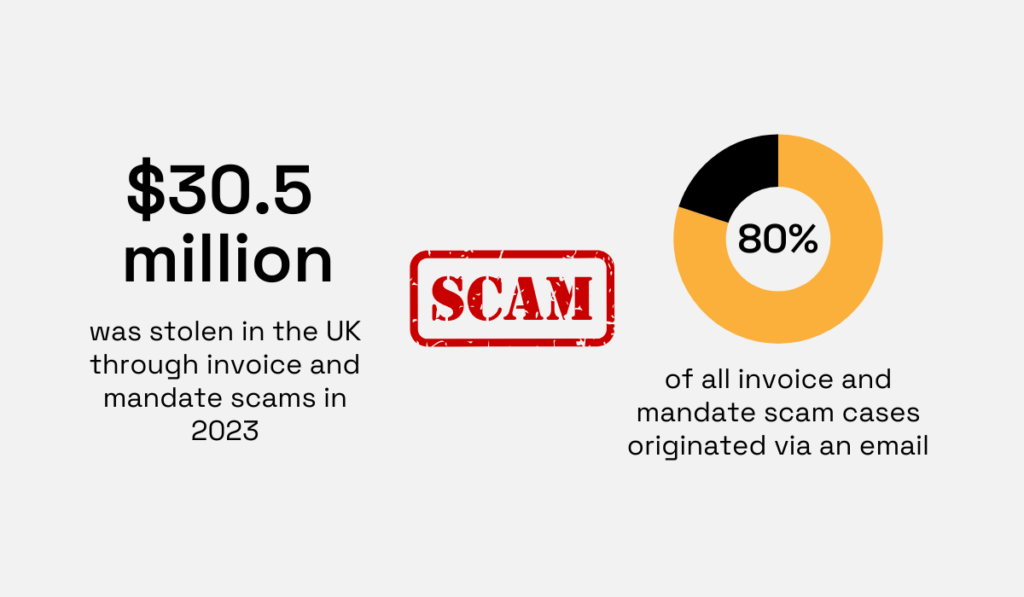
Illustration: Veridion / Data: UK Finance
Even giants like Google and Facebook have fallen victim, losing over $100 million in a phishing scheme where a fraudster pretended to be a trusted supplier.
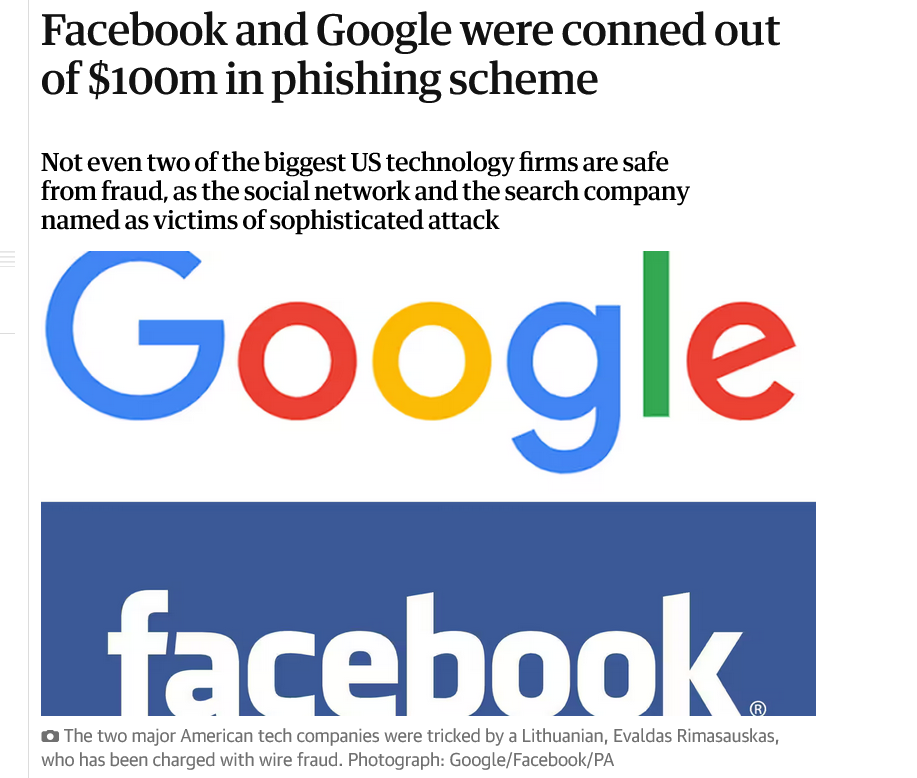
Source: The Guardian
That’s why, as Chris Ainsley, Head of Fraud Risk Management at Santander UK, warns, companies should be extra careful and check supplier details:
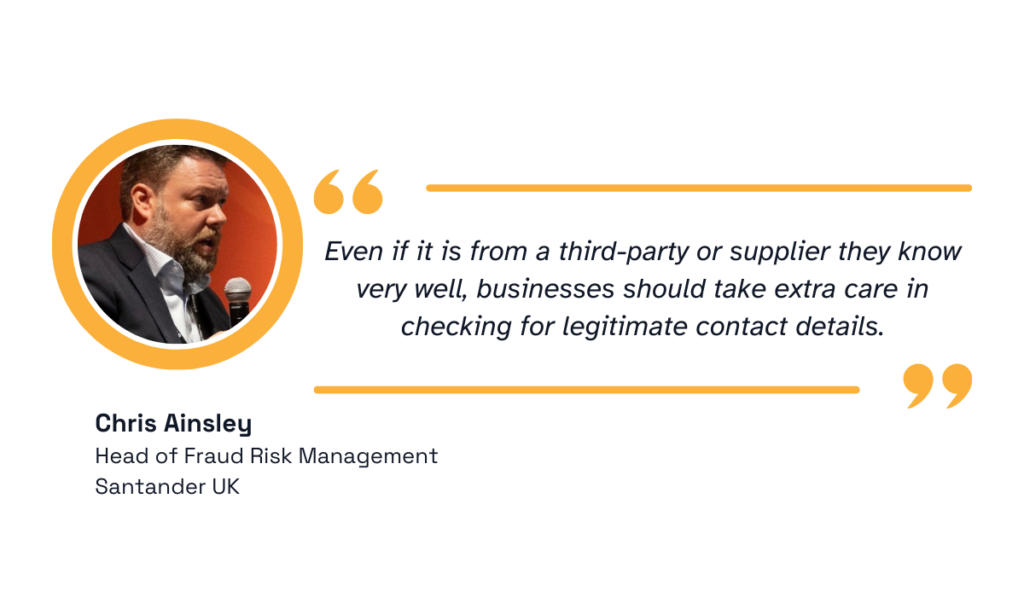
Illustration: Veridion / Quote: Santander
That caution is even more important during supplier onboarding when you’re establishing contact details, verifying documents, and setting up payment instructions.
And AI can help you here.
Using tools like Veridion, you can instantly pull verified company profiles and check for up-to-date contact information.
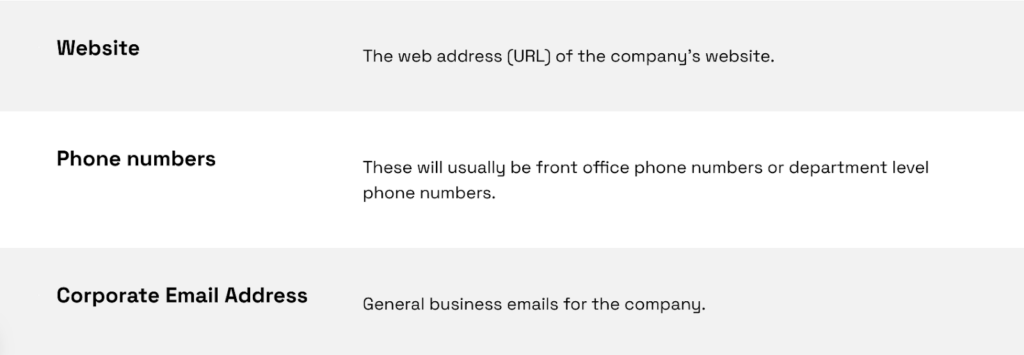
Source: Veridion
But fraudsters don’t just fake emails.
They also mimic behavior, spoof documents, and slip through gaps humans can’t always see.
AI is quickly becoming the most effective line of defense against this kind of fraud because it can:
Where a human might miss a small red flag, AI trained on thousands of fraud cases can quickly identify what doesn’t belong.
This helps procurement teams catch fraud early, before approvals go through and payments are lost.
It also makes onboarding due diligence easier, faster, and far more reliable than manual checks ever could.
Verifying whether a company is real or registered is, of course, critical.
But so is understanding the broader risk suppliers can pose to your business.
That means looking beyond fraud detection and assessing their:
Even if a supplier passes your initial checks, they could still be a ticking time bomb—financially, legally, or reputationally.
This is where traditional risk assessment often falls short.
Supplier surveys and periodic reviews are slow, static, and often miss emerging threats.
That’s a serious problem when you’re trying to move quickly but still make safe, strategic choices.
AI-powered risk assessment tools solve this by continuously pulling and analyzing data from thousands of real-time sources.
These include financial disclosures, court records, government sanctions lists, ESG databases, environmental filings, and media coverage.
So, instead of waiting for a red flag to show up in a quarterly report—or relying on a vendor’s own answers to a questionnaire—you get a constantly updated view of a supplier’s overall health.
That makes it easier to catch issues early, before you sign a contract or make a payment.
Financial risk is one of the clearest examples.
When Hanjin Shipping collapsed in 2016, it caused chaos across global supply chains.

Source: The Guardian
The company was the seventh-largest container carrier in the world, and its sudden bankruptcy stranded ships at sea, left cargo stuck in ports, and caused major delays for businesses worldwide.
What’s important to note is that this didn’t come out of nowhere.
Hanjin’s financial troubles were visible long before they filed for bankruptcy.
But many businesses were caught off guard because they weren’t actively monitoring financial risk in real time.
If they had used AI to track suppliers’ financial disclosures, debt levels, or credit risk, they could have seen the warning signs and taken action before the crisis hit.
Reputational risk is another area where AI makes a huge difference.
In 2024, the telehealth company Hims & Hers faced public backlash after it was revealed that they were sourcing GLP-1 injections from a supplier with ties to fraud and bankruptcy.

Source: Hunterbrook
Even after claiming to have vetted dozens of manufacturers over the course of a year, they still ended up relying on a sole supplier that wasn’t trustworthy.
Their stock dropped 12% in a single day.
Whether their due diligence missed something or the information they relied on was outdated, the end result was reputational damage and a loss of customer trust.
AI could have prevented this by providing them with accurate and updated information on the supplier’s activities.
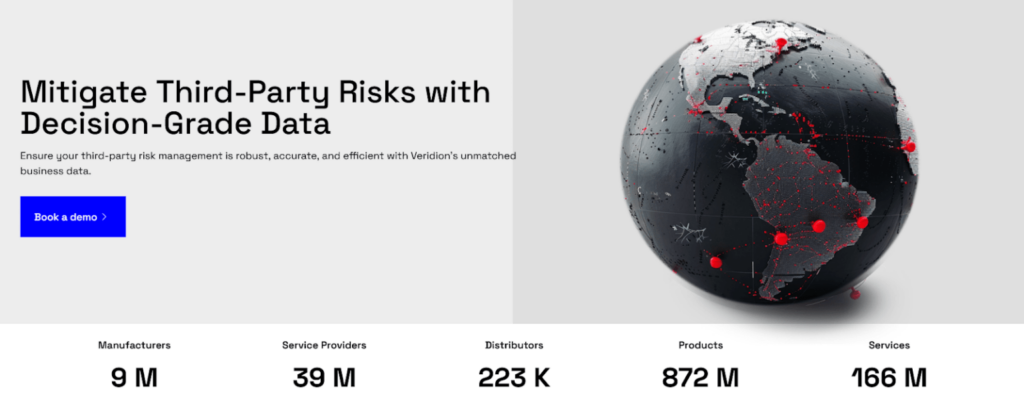
Source: Veridion
This is exactly why AI-driven supplier risk assessment is so powerful during onboarding.
It enables procurement teams to make informed decisions faster and with far greater confidence.
If a supplier is showing early signs of financial distress, has a pattern of non-compliance, or is based in a region facing sanctions or political instability, AI will flag it.
Many platforms even assign a dynamic risk score that reflects the supplier’s risk level across multiple dimensions (financial, operational, legal, ESG), so you can prioritize which vendors require deeper due diligence and which ones are safe to onboard quickly.
When risk assessment is treated as a real-time process, not a box to check, onboarding becomes much more strategic.
One of the most tedious parts of onboarding suppliers is dealing with documents like insurance certificates, tax IDs, licenses, and more.
These files come in different formats, and someone has to open each one, read through it, extract the relevant information, and type it into a system.
It’s a slow, error-prone task that delays onboarding and frustrates suppliers, too.
AI changes that.
It can read documents the way a human would—but faster and with greater consistency.
For instance, Felix, a cloud-based procurement platform, now uses AI to scan insurance documents uploaded by suppliers.
The system extracts critical metadata, like expiration dates, company names, and policy numbers, and auto-fills those details into the vendor profile.
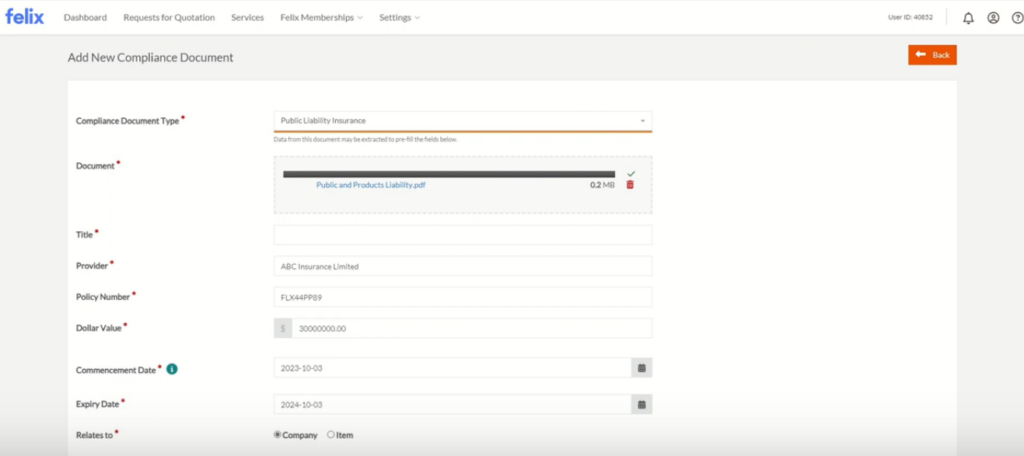
Source: Felix on YouTube
This improves accuracy and prevents delays due to missing or misentered information.
Beyond just reading PDFs, AI handles document complexity exceptionally well.
It can process multi-page files, extract data from tables, and parse forms with embedded fields, making it ideal for supplier compliance documentation, which often varies by region or industry.
One example of the impact of AI on document handling comes from a global energy and chemical company that partnered with Accenture to streamline supplier onboarding.
They were dealing with mountains of manual data entry, long email threads, and repetitive spreadsheet updates, all of which delayed supplier approvals.
The AI-enabled system they implemented automatically pulled supplier names, addresses, and registration details from documents, cutting onboarding time by over 50% and reducing manual corrections by 40%.
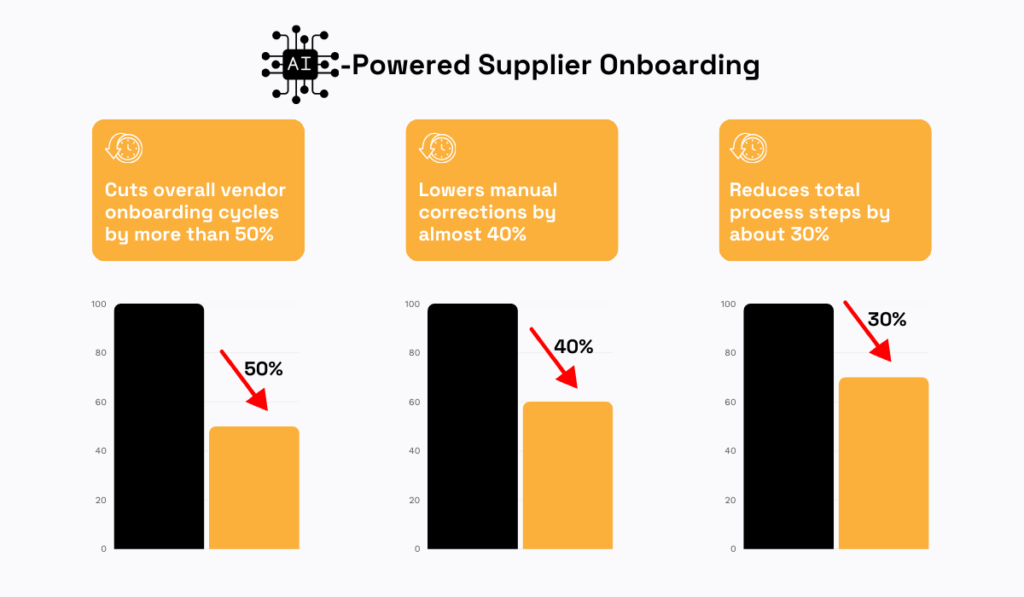
Illustration: Veridion / Data: Beyond Work
That’s more than saved time.
It’s improved data quality, fewer errors, and a much smoother experience for both buyers and suppliers.
Contract review is another onboarding bottleneck.
Whether it’s a framework agreement or a basic NDA, each document must be reviewed to ensure it aligns with company policy and doesn’t introduce hidden risks.
This is where AI, especially Natural Language Processing (NLP), makes a real difference.
Tools like HyperStart, an end-to-end contract lifecycle management software, use NLP to handle the first-pass review of supplier contracts.
Trained on thousands of examples, they scan documents in seconds and flag deviations from standard terms, missing clauses, and risky language.
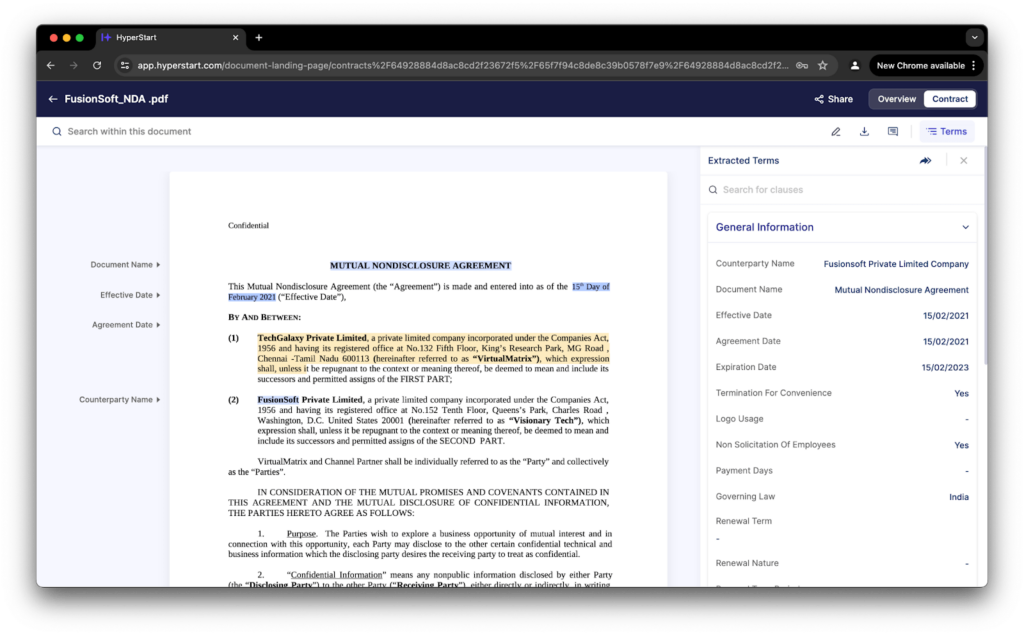
Source: G2
All this would normally take hours to catch manually.
Plus, HyperStart reports up to 94% accuracy in spotting non-compliant terms.
Procurement teams can focus on the few contracts that actually need legal review, rather than getting bogged down in the routine ones.
And the benefits scale fast.
According to The Hackett Group, AI-enabled contract lifecycle management boosts operational efficiency by up to 45% and can cut contract cycle times by 35%.
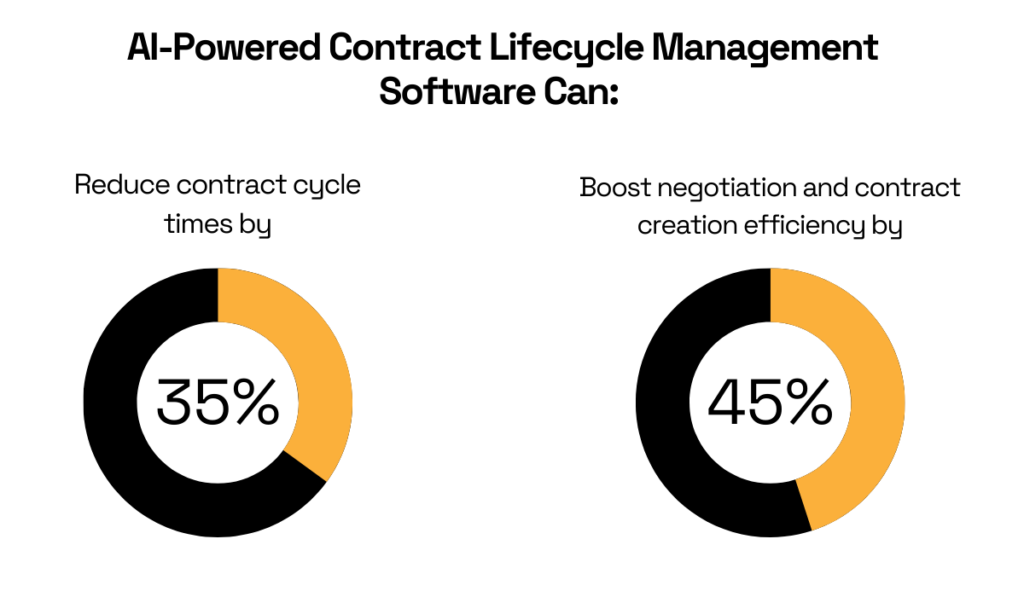
Illustration: Veridion / Data: The Hackett Group
That’s a huge time-saver when you’re onboarding multiple suppliers at once.
As a matter of fact, AI also supports batch processing, letting you upload and review dozens of contracts simultaneously.
This is especially useful during onboarding surges, such as during new project launches or strategic sourcing events.
While AI isn’t a substitute for legal expertise, it is a powerful tool for reducing bottlenecks and shortening the time it takes to complete supplier onboarding.
Here’s something often overlooked: AI doesn’t just make onboarding easier for procurement teams.
It improves the experience for suppliers, too.
For many vendors, onboarding is frustrating.
They face clunky portals, vague instructions, and long waits for support.
That slows everything down and increases the risk of errors or dropout.
But with AI-powered tools, the process becomes simpler, faster, and more supplier-friendly.
AI-powered onboarding tools now include smart chatbots that walk suppliers through each step, answer questions, and even send reminders if a document is missing.

Source: DataNorth
These bots are available 24/7, speak multiple languages, and can assist global suppliers who work in different time zones.
This aligns with what suppliers actually want.
According to the 2024 Voice of the Supplier survey, 98% of vendors believe communication needs to improve, and nearly half say their most important customers could do a lot more to enhance it.
As you can see below, suppliers want easier access to information, simpler processes, and better support.

Illustration: Veridion / Data: HICX
AI does all three:
It reduces confusion, provides real-time help, and removes the back-and-forth that typically slows down onboarding.
Vendors can complete onboarding quickly and confidently, and that means fewer delays for you, too.
For example, DataNorth reports that its AI chatbots for supplier onboarding, supporting 11+ languages, reduce administrative workload by 75% and improve employee satisfaction by 95%.
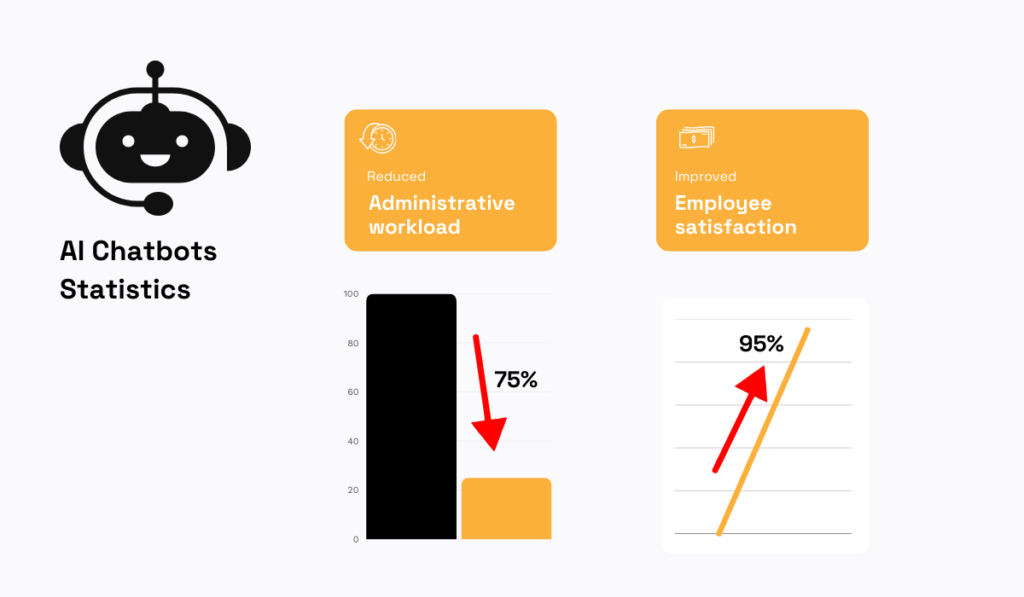
Illustration: Veridion / Data: DataNorth
When onboarding feels easy, professional, and responsive for both sides, it sets the tone for stronger supplier relationships from day one.
Given all the above, it’s no surprise that 30% of organizations are already exploring how Gen AI can improve supplier onboarding, and 22% have pilot programs or deployments in place.
Hopefully, we made it clear that AI doesn’t just make onboarding faster.
It makes it smarter, too.
It flags risks humans miss, answers questions before they’re asked, and turns a messy process into something predictable.
The result is an onboarding process with fewer headaches, better data, and suppliers who actually want to work with you.